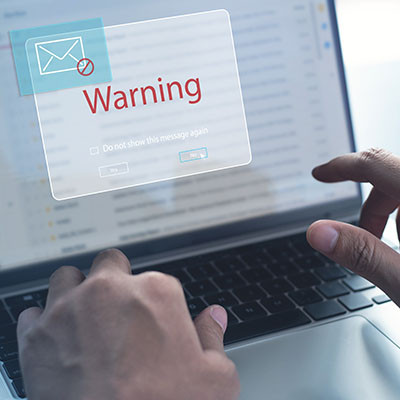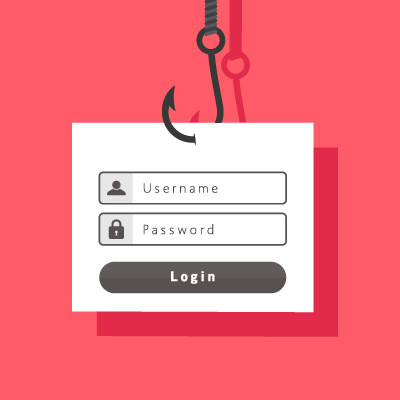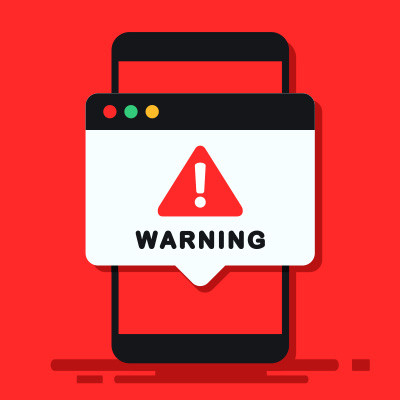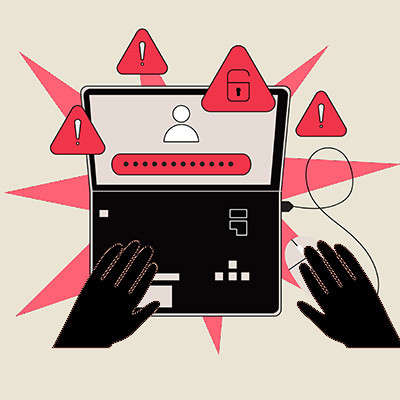Waypoint Technology Solutions Blog
Phishing is the most common way hackers “get you,” so /to speak, but have you ever wondered why it’s so effective? Today, we want to explore the reasons why phishing schemes are so enticing to even the most security-conscious individuals out there. You might be surprised to know that even security professionals can fall prey to these types of attacks, and for very good reasons.
Did you know that phishing is, by far, the most common security risk to your business? Just think, any of your employees could become the target of a phishing attack, and all it would take is downloading the wrong file or clicking on the wrong link to expose your organization to security threats. Today, we want to offer a refresher on the throwaway signs of a phishing attack and how to protect yourself and your team from harm.
There’s never been a more dangerous time to run a business. Okay, maybe that’s not necessarily true, but hear me out. With digital technology taking on a greater importance for businesses than ever before, companies have to contend with countless threats—including the ever-popular phishing scams—regardless of their geographical location.
The constant fear of falling victim to scams has become a harsh reality and is far from ideal. However, the good news is that there is always time to acquire the skills needed to avoid such scams. Let's explore ways to enhance awareness regarding the challenges posed by scams, not only in a business context but also in everyday life.
We discuss phishing often on this blog, and one method that often flies under the radar is smishing, or phishing that is conducted through SMS messages. Although email phishing is perhaps the most common method of conducting these scams, you should also be prepared to take on smishing, as it comes with its own share of unique challenges and dangers.
Scams are everywhere in our highly digitized world, which makes it especially important that everyone is prepared to deal with them—both personally and professionally. The publication Consumer Reports’ cover feature for its August 2023 edition is dedicated to exactly this goal: helping its readers avoid the various scams and threats out there. Let’s look at some of the advice shared in the article, and compare it to the best practices we recommend.
Amazon Prime subscribers recently received an email from the online marketplace, warning them of the prevalence of scams that took advantage of their offerings and brand recognition. Let’s go through the advice that this email shared, and compare it to the best practices we recommend for avoiding scams.









